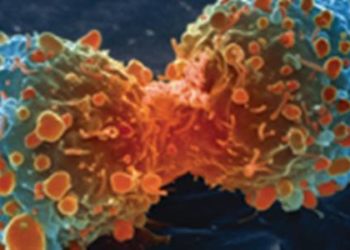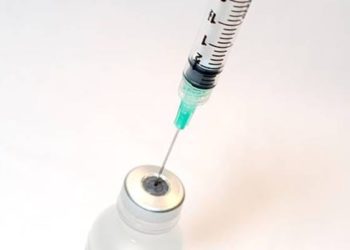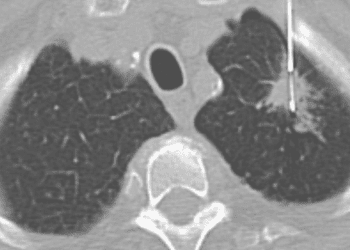Early risk factor for progression of cystic fibrosis identified
Image: PD
1. Neutrophil elastase activity in bronchoalveolar lavage fluid at 3 months is a risk factor for persistent bronchiectasis at 12 months and 3 years of age.
Study Rundown: Bronchiectasis, the abnormal dilation of parts of the bronchial tree, is a clinically significant consequence of cystic fibrosis (CF). In children with CF, bronchiectasis may develop within the first few years of life, and once present, tends to progress despite the best medical efforts.
In this study, the authors identify biomarkers in bronchoalveolar lavage (BAL) fluid that are associated with development of bronchiectasis. In particular, they found that the presence of neutrophil elastase activity in the BAL fluid at 3 months of age was a risk factor for persistent bronchiectasis at 12 months and 3 years of age. They did not correlate the degree of elastase activity with the degree of increased risk.
Therapies targeting neutrophil elastase are in development, and the authors suggest that neutrophil elastase activity in BAL fluid could be used to select high-risk infants for clinical trials. Otherwise, it remains to be seen whether this risk factor will find clinical relevance. In the absence of an effective intervention, there is, for now, no clear indication to screen for this risk factor.
Click to read the study in the New England Journal of Medicine
Relevant Reading: Bronchiectasis in infants and preschool children diagnosed with cystic fibrosis after newborn screening
In-Depth [longitudinal study]: Data from 127 infants enrolled in the AREST CF surveillance program were used in the study. CT scans and BAL were performed under general anesthesia at 3 months, 1 year, 2 years and 3 years of age. BAL fluid was analyzed for signs of infection and inflammation, including bacterial cultures, inflammatory cell counts and free neutrophil elastase activity. CT scans were scored for bronchiectasis and gas trapping by blinded assessors. The data was analyzed to look for associations between the biomarkers in the BAL fluid and CT-scored bronchiectasis.
The prevalence of bronchiectasis increased from 29.3% at 3 months of age to 61.5% at 3 years of age (P<0.001). Neutrophil elastase activity was detected in 23.3% of BAL samples at 3 months. This was associated with an odds ratio of 7.2 (95% CI, 2.14 to 24.28; P<0.001) for persistent bronchiectasis at 12 months and an odds ratio of 4.21 (95% CI, 1.45 to 12.21; P=0.008) for persistent bronchiectasis at 3 years of age.
By Tomi Jun and Mitalee Patil
© 2013 2minutemedicine.com. All rights reserved. No works may be reproduced without written consent from 2minutemedicine.com. Disclaimer: We present factual information directly from peer reviewed medical journals. No post should be construed as medical advice and is not intended as such by the authors or by 2minutemedicine.com. PLEASE SEE A HEALTHCARE PROVIDER IN YOUR AREA IF YOU SEEK MEDICAL ADVICE OF ANY SORT. Content is produced in accordance with fair use copyrights solely and strictly for the purpose of teaching, news and criticism. No benefit, monetary or otherwise, is realized by any participants or the owner of this domain.





![Childhood ADHD associated with increased risk of suicide [Physician Comment]](https://www.2minutemedicine.com/wp-content/uploads/2013/03/PET-image1-e1377449984183-75x75.jpg)

